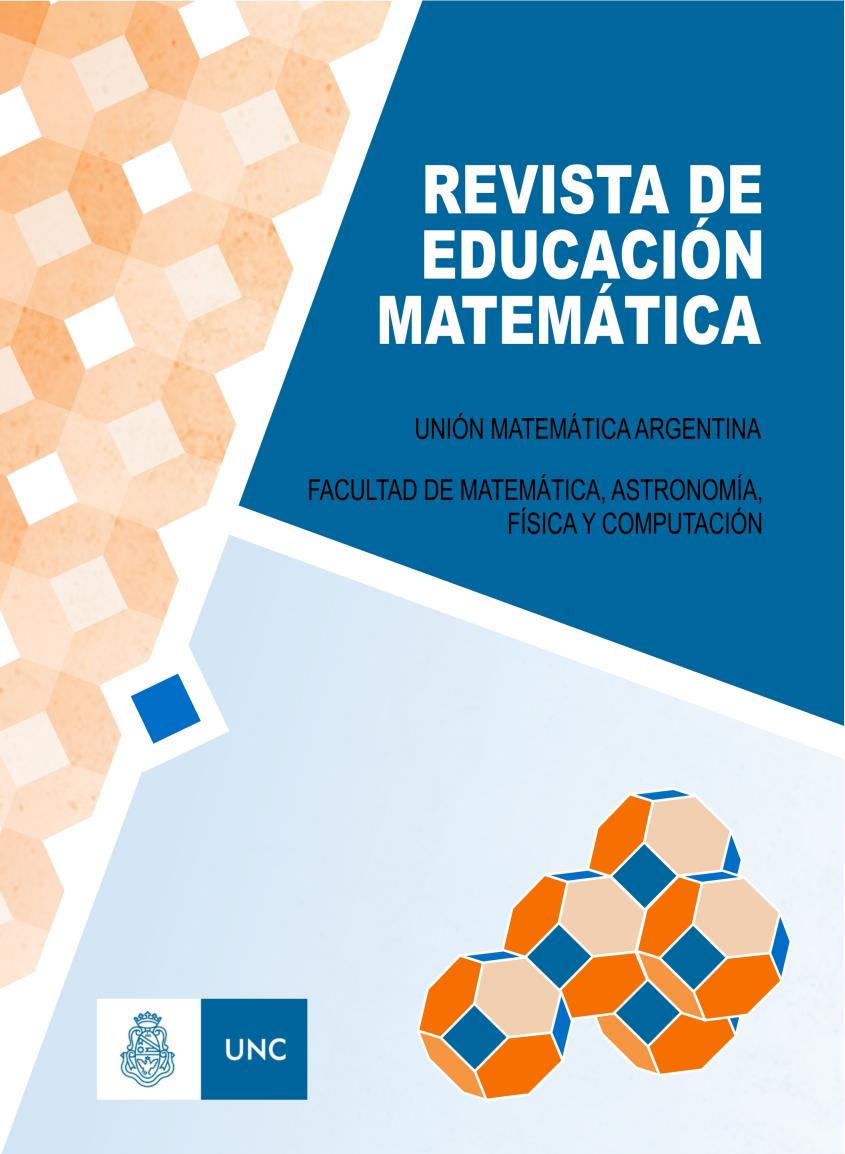EL ÁLGEBRA LINEAL DETRÁS DE LOS BUSCADORES DE INTERNET
DOI:
https://doi.org/10.33044/revem.28173Keywords:
Google, Internet search engines, Linear algebra, PageRank algorithm, EigenvaluesAbstract
In this article we explain how the succesful algorithm behind internet search engines works thanks to the computation of eigenvalues of the matrix of the internet pages graph.
Downloads
References
Allesina, S., & Pascual, M. (2009). Googling food webs: Can an eigenvector measure species’ importance for coextinctions? PLOS Computational Biology, 9 (5). Retrieved from http://dx.plos.org/10.1371/journal.pcbi.1000494
Bollen, J., Rodriguez, M. A., & de Sompel, H. V. (2006). Journal status. Scientometrics, 69 (3), 669–687. Retrieved from http://arxiv.org/abs/cs/0601030
Brin, S., & Page, L. (1998). The anatomy of a large-scale hypertextual web searchengine. In: Seventh International World-Wide Web Conference (WWW 1998), April 14–18, Brisbane, Australia.
Broder, A., Kumar, R., Maghoul, F., Raghavan, P., Rajagopalan, S., Stata, R., . . .Wieneran, J. (2000). Graph structure in the web. Computer Networks, 33, 309–320. Retrieved from http://www9.org/w9cdrom/160/160.html
Bryan, K., & Leise, T. (2006). The $ 25,000,000,000 eigenvector: the linear algebra behind google. SIAM Rev., 48 (3), 569–581.
de la Vega, H. M., Ones, V. G., & Garrido, M. F. (2006). The numerical linear algebra of google’s pagerank. Papers of the Mexican Mathematical Society (Spanish), 33–52, Aportaciones Mat. Comun., 36, Soc. Mat. Mexicana, México.
Fernández, P. (2004). El secreto de google y el álgebra lineal. Bol. Soc. Esp. Mat. Apl., 30, 115–141.
Gimbert-Quintilla, J. (2011). The mathematics of google: the pagerank algorithm. Butl. Soc. Catalana Mat., 26 (1), 29–56.
Google. (n.d.). We knew the web was big... Google Official Blog.
Ivan, G., & Grolmusz, V. (2011). When the web meets the cell: using personalized pagerank for analyzing protein interaction networks. Bioinformatics, 27 (3), 405–407.
Jiang, B. (2006). Ranking spaces for predicting human movement in an urban environment. , 23 (7), 823–837.
Langville, A. N., & Meyer, C. D. (2006). Google’s pagerank and beyond: the science of search engine rankings. Princeton University Press, Princeton, NJ.
Lin, Y., Shi, X., & Wei, Y. (2009). On computing pagerank via lumping the google matrix. J. Comput. Appl. Math., 224 (2), 702–708.
Serra-Capizzano, S. (2005). Jordan canonical form of the google matrix: a potential contribution to the pagerank computation. SIAM J. Matrix Anal. Appl., 27 (2), 305–312.
Wills, R. S. (n.d.). When rank trumps precision: Using the power method to compute google’s pagerank. Thesis (Ph.D.) – North Carolina State University.
Wills, R. S. (2006). Google’s pagerank: the math behind the search engine. Math. Intelligencer, 28 (4), 6–11.
Downloads
Published
How to Cite
Issue
Section
License
Copyright (c) 2020 Carlos D'Andrea

This work is licensed under a Creative Commons Attribution-ShareAlike 4.0 International License.
Aquellos autores/as que tengan publicaciones con esta revista, aceptan los términos siguientes:
- Los autores/as conservarán sus derechos de autor y garantizarán a la revista el derecho de primera publicación de su obra, el cuál estará simultáneamente sujeto a la Atribución-CompartirIgual 4.0 Internacional (CC BY-SA 4.0), que permite:
- Compartir — copiar y redistribuir el material en cualquier medio o formato
- Adaptar — remezclar, transformar y construir a partir del material
- La licenciante no puede revocar estas libertades en tanto usted siga los términos de la licencia
- Los autores/as podrán adoptar otros acuerdos de licencia no exclusiva de distribución de la versión de la obra publicada (p. ej.: depositarla en un archivo telemático institucional o publicarla en un volumen monográfico) siempre que se indique la publicación inicial en esta revista.
- Se permite y recomienda a los autores/as difundir su obra a través de Internet (p. ej.: en archivos telemáticos institucionales o en su página web) después del proceso de publicación, lo cual puede producir intercambios interesantes y aumentar las citas de la obra publicada. (Véase El efecto del acceso abierto).










